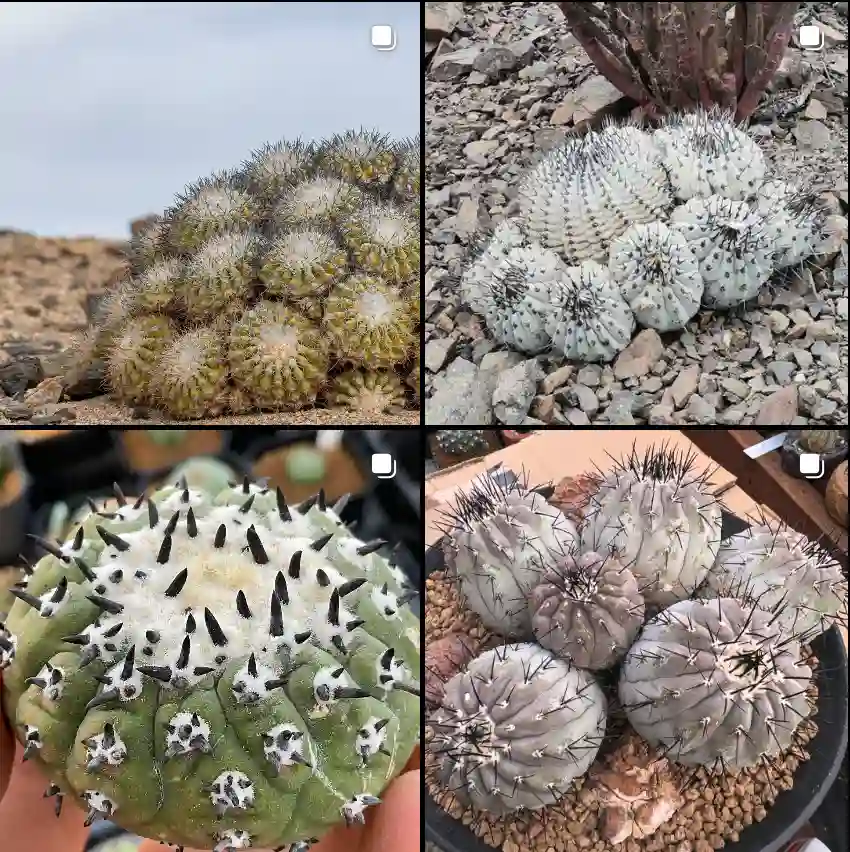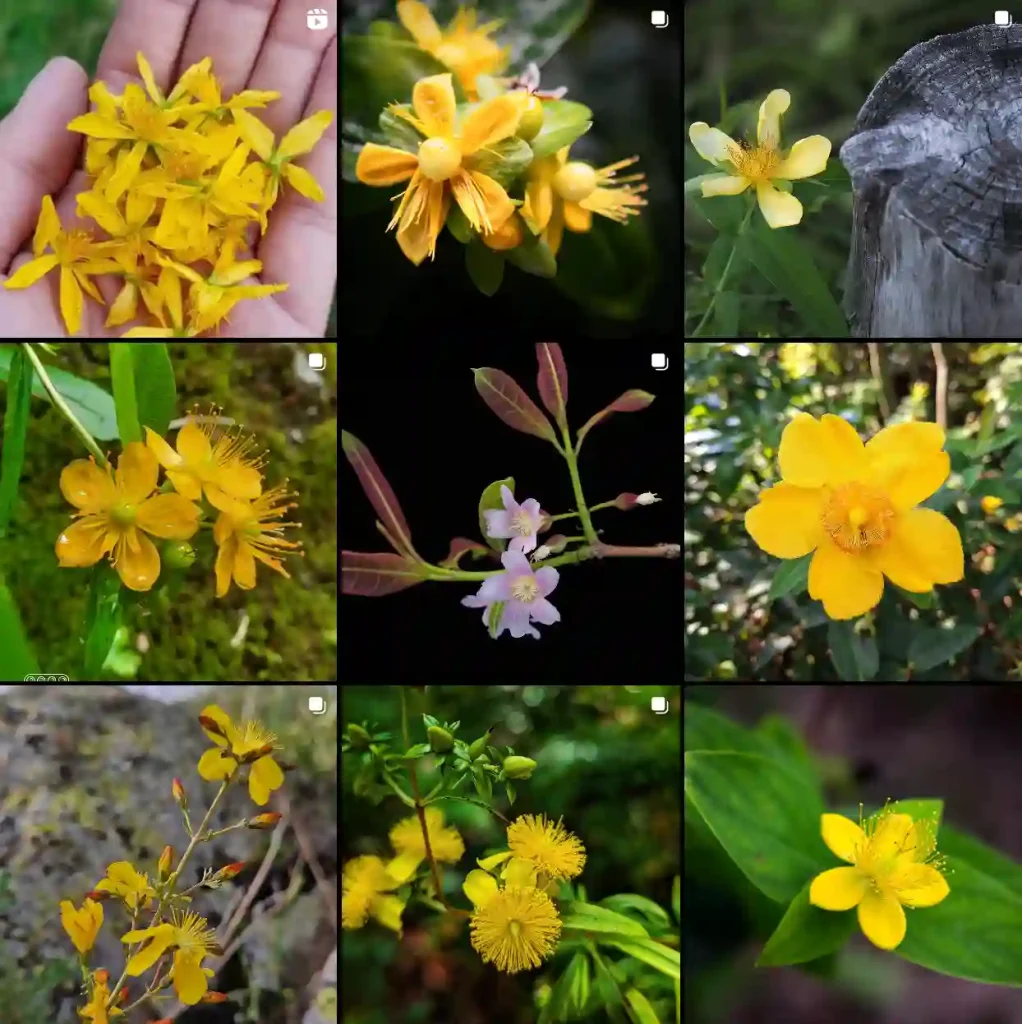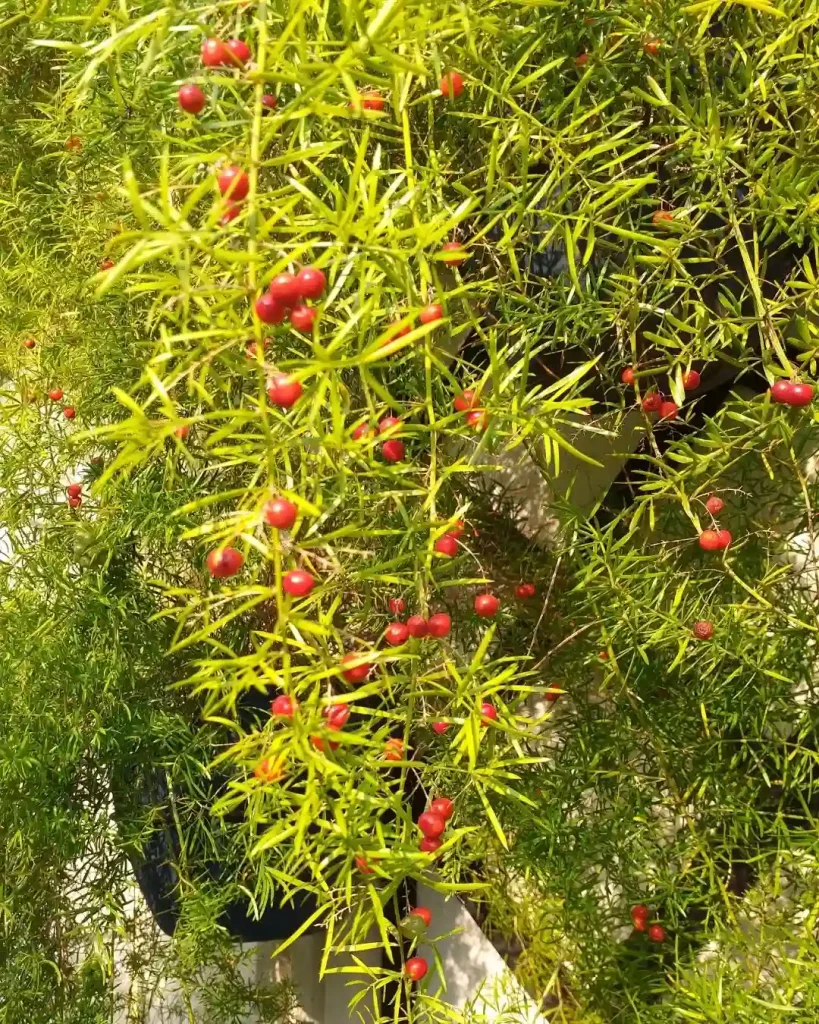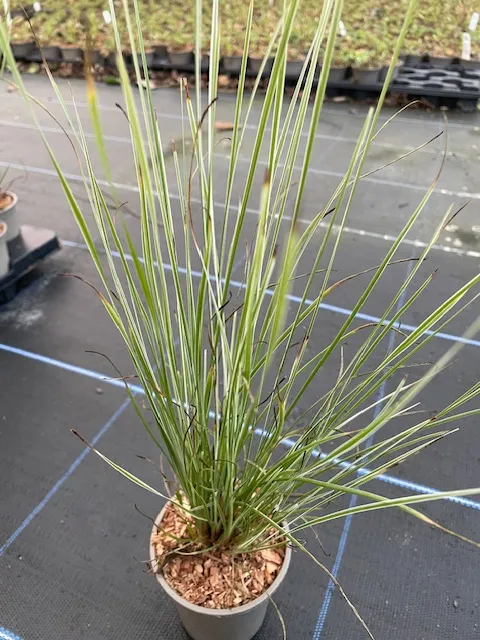Exploring the Tofieldiaceae Family: A Deep Dive into Its Unique Genera
The Tofieldiaceae family has always intrigued me with its unique collection of genera that seem to stand out in the plant world. The family may not be the most well-known, but for enthusiasts like me, its distinct characteristics and niche habitats make it a captivating subject. In this article, I’ll take you through a closer look at the four primary genera within the Tofieldiaceae family: Harperocallis, Pleea, Tofieldia, and Triantha. Each has its own charm and contributes to the overall appeal of this botanical family.
Understanding the Tofieldiaceae Family
The Tofieldiaceae family is part of the Alismatales order, a group that also includes more familiar water-loving plants like the water plantain and arrowhead families. While these plants may not grab attention like their showier counterparts, they are no less important in their ecosystems. This family primarily consists of herbaceous, perennial plants that prefer wetland habitats, making them well-adapted to survive in environments where other plants might struggle.
Harperocallis: A Rare Gem
The genus Harperocallis is perhaps the rarest and most enigmatic of the Tofieldiaceae family. Found only in the wet pine flatwoods and savannas of the Florida Panhandle, Harperocallis is represented by a single species, Harperocallis flava. This small, delicate plant has become a symbol of conservation efforts due to its endangered status.
One of the most fascinating aspects of Harperocallis is its unique habitat requirements. It thrives in areas that are periodically burned, as fire prevents the encroachment of woody vegetation, ensuring that it has access to the open, sunny spaces it needs. This reliance on fire management is a stark reminder of the delicate balance between species and their ecosystems. For me, observing Harperocallis flava in its natural habitat is a humbling experience, highlighting the importance of conservation efforts in maintaining biodiversity.
Pleea: The Wetland Specialist
Pleea is another genus within the Tofieldiaceae family that deserves attention, especially for those of us fascinated by wetland plants. This genus is also represented by a single species, Pleea tenuifolia, commonly known as Rush Featherling. It’s native to the southeastern United States, where it inhabits marshes and wet meadows.
What I find particularly interesting about Pleea is its ability to thrive in environments that many plants would find inhospitable. The plant has slender, rush-like leaves and small, inconspicuous flowers that appear in clusters. Its preference for wet, acidic soils makes it an essential component of its native wetland ecosystems, where it contributes to the overall biodiversity and supports various forms of wildlife.
Tofieldia: The Alpine Beauty
The genus Tofieldia is more widespread than Harperocallis and Pleea, with species found in North America, Europe, and Asia. This genus includes several species that are adapted to a variety of environments, from wet meadows to alpine tundras. What draws me to Tofieldia is its resilience and adaptability to harsh conditions.
One of the more well-known species is Tofieldia pusilla, commonly referred to as the Scottish Asphodel. This plant is a sight to behold in its native habitats, producing spikes of small, star-shaped flowers. Its ability to grow in rocky, nutrient-poor soils showcases the versatility of the Tofieldiaceae family. Observing Tofieldia species in the wild is always a rewarding experience, offering a glimpse into the beauty and complexity of alpine and subalpine ecosystems.
Triantha: A Carnivorous Twist
The genus Triantha adds an unexpected twist to the Tofieldiaceae family with its semi-carnivorous nature. Recent studies have revealed that Triantha occidentalis, a species native to the wetlands of western North America, supplements its diet by capturing and digesting small insects. This discovery was both surprising and exciting, as it expanded our understanding of carnivorous plants and their evolutionary pathways.
What’s remarkable about Triantha is its ability to balance a typical plant’s lifestyle with a carnivorous habit. It has sticky hairs along its flowering stem that trap insects, which are then digested to provide additional nutrients. This adaptation is likely a response to the nutrient-poor environments it inhabits, allowing it to thrive where other plants may struggle. Encountering Triantha in the field, with its graceful, white flowers and inconspicuous traps, is always a fascinating reminder of the diversity of plant adaptations.
The Ecological Importance of Tofieldiaceae
Each genus within the Tofieldiaceae family plays a unique role in its respective ecosystem. Whether it’s Harperocallis thriving in fire-managed savannas, Pleea supporting wetland biodiversity, Tofieldia gracing alpine meadows, or Triantha capturing unsuspecting insects, these plants are integral to the health and balance of their habitats.
For plant enthusiasts like me, the Tofieldiaceae family offers a window into the incredible adaptability and specialization of the plant kingdom. Its members, though often overlooked, are a testament to the intricate relationships between plants and their environments. I find it essential to share the stories of these fascinating genera, as they remind us of the rich biodiversity that exists beyond the more commonly known plant families.
Conclusion
Exploring the Tofieldiaceae family has been a journey of discovery, revealing the unique adaptations and ecological roles of its genera. Whether you’re a seasoned botanist or just starting your plant exploration journey, I encourage you to take a closer look at this family. Each genus—Harperocallis, Pleea, Tofieldia, and Triantha—offers a story of survival and adaptation that is both inspiring and educational. Through understanding and appreciating these plants, we can better advocate for the conservation of the diverse ecosystems they inhabit.
If i die, water my plants!



